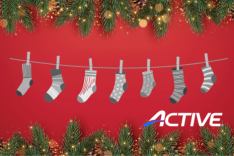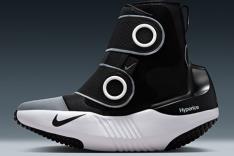
The smartest way to manage your weight for endurance performance is to emulate the methods of the fastest men and women on the planet.
The leanest cyclists, runners and triathletes are typically also the fastest ones. This pattern holds even within the select ranks of the professionals. One study reported that in a small group of elite Ethiopian runners, all of whom were very lean and very fast, those with the least body fat had the best race times.
Genes account for a portion of the difference in body-fat levels between individual endurance athletes. But there is a tendency among age groupers to overestimate the importance of the genetic contribution to leanness in pro athletes. We like to think that the world-class men and women who were blessed with the right DNA can eat whatever they want without putting on body fat.
In fact, most of the top cyclists, runners and triathletes work very hard at managing their weight and body composition for performance. And guess what? The very same methods of weight management that work so well for the world's best endurance athletes can help everyday competitors like us achieve our optimal racing weight—even if that weight is a few pounds greater than the pros'.
I've spent a lot of time studying the diets and weight-management practices of world-class endurance athletes. In 2009 I collected the top five and linked them into a systematic program in my book, Racing Weight. Since then I've identified a sixth key practice and added it to the recently published second edition of Racing Weight. Let's take a look at these six methods.
More: What Is Your Ideal Racing Weight?
Step 1: Improve Your Diet Quality
After graduating from the University of Wisconsin in 2007 as a five-time NCAA champion, Chris Solinsky moved to Portland, Oregon, to run professionally for Nike. He also decided to improve his eating habits. Instead of adopting a diet with a name (e.g. vegan, Paleo, gluten-free) and lots of weird rules, he simply improved the overall quality of his diet in commonsense ways, eating more vegetables, fewer frozen pizzas, and so forth. As a result, he lost several pounds and achieved a performance breakthrough, setting an American record of 26:59:60 for 10,000 meters in 2010.
Increasing the overall quality of your diet is the simplest and most effective way to shed excess body fat, and move closer to your optimal racing weight. That means eating more of the six categories of high-quality foods—vegetables, fruits, nuts and seeds, lean meats and fish, whole grains and dairy—and less of the four categories of low-quality foods—refined grains, fatty meats, sweets and fried foods. In Racing Weight I present a unique scoring system that enables athletes to rate the quality of their diets and increase it systematically.
- 1
- of
- 3
About the Author

Get ACTIVE on the Go


Couch to 5K®
The best way to get new runners off the couch and across the finish line of their first 5K.
Available for iOS | Android







Discuss This Article